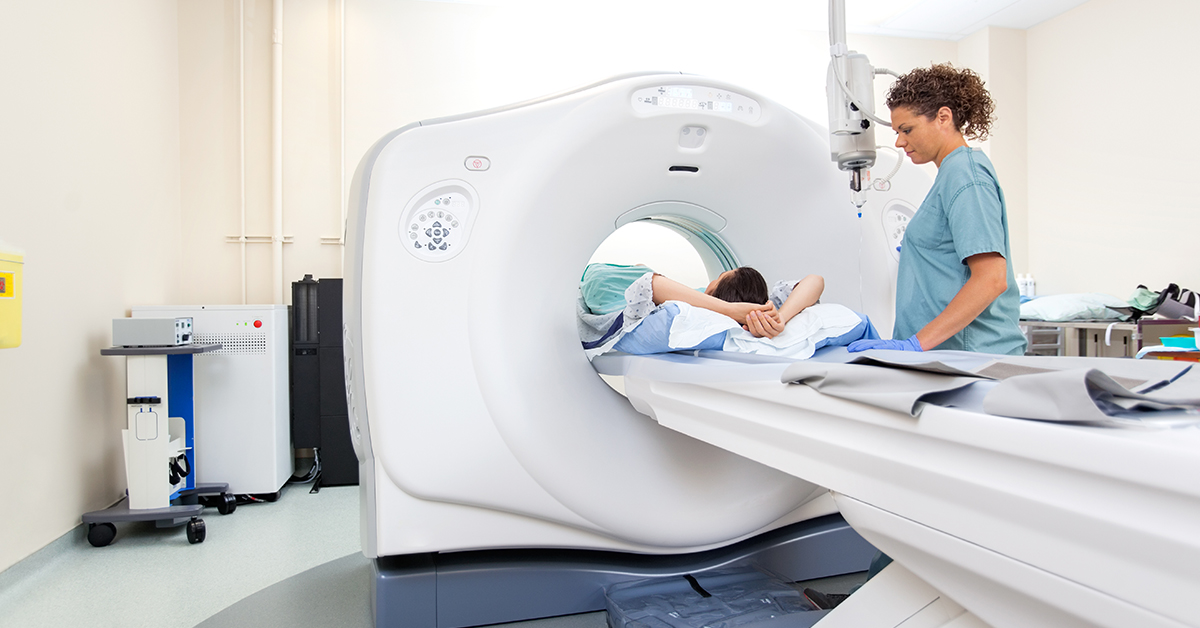
One of the latest and most precise methods of modern diagnostic imaging, PET, or Positron Emission Tomography was celebrated by TIME Magazine as the medical invention of the year in 2000.
What is a PET Scan?
Positron Emission Tomography, or PET, scan is a diagnostic tool used to help doctors observe how tissue and organs are functioning. This is accomplished using a scanning machine that looks and operates much like a CT scanner. The patient receives a small, controlled amount of a radioactive substance called a tracer, which appears in the image as it passes through the tissues being examined.
Who needs a PET Scan?
Your doctor may order a PET scan to help diagnose vascular diseases, cancer, neurological disorders, or other conditions that affect the tissues or organs in the body. PET scans may be used in addition to other imaging tests to learn more about a specific condition. PET scans can reveal changes in organ or tissue function, structure, or chemistry that may not be visible in other scans like magnetic resonance imaging (MRI), or computed tomography (CT).
What are the steps in a PET Scan?
Preparing for a PET Scan
To obtain the most accurate images, your doctor may tell you to fast for a specific time period prior to the PET scan. About an hour before the PET scan, you will be given a small amount of radioactive chemical called a tracer. The tracer is used to enhance the image; the extra time allows the tracer to be absorbed into the organs or tissues being studied. Typically the tracer is injected into a vein in your arm, but it may also be inhaled or taken orally, depending on the purpose of the test.
The Procedure
Once the tracer has been absorbed, you'll be positioned on a padded table. Correct positioning may require pillows or straps. Then scanning process begins. The machine is activated, and the table moves slowly into the tunnel-shaped PET scanner. The time it takes for a PET scan may vary, but the procedure usually lasts 30 minutes to an hour. You can expect to be instructed to hold still during the procedure; if movement interferes with the quality of the image, it may be necessary to stop and restart the process.
Monitoring the Procedure
During the PET scan procedure, a technician in the next room observes the procedure and the image captured during the scanning process. The patient and the technician can communicate by a microphone and speaker during the procedure.
Results and Review
After the scan is completed, a radiologist reviews the PET images and sends a report to the referring physician, who will discuss the results of the test with you.
